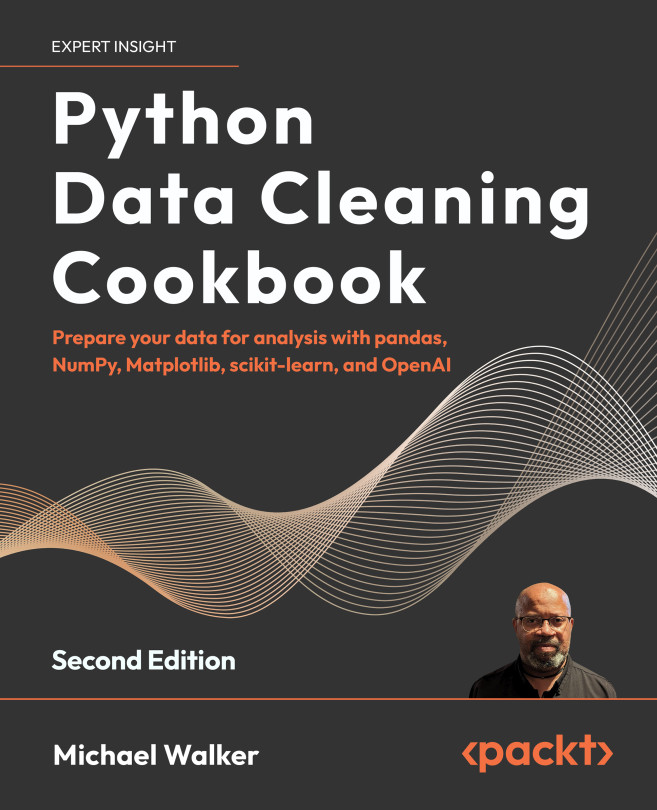Modeling the recommendation graph with the H&M personalization dataset
In this section, we will create a graph data model with the real-life large-scale H&M Personalization dataset. This graph data model will enable us to power up the recommendation engine that we will create in upcoming chapters.
In 2022, H&M posted customer transaction data along with other metadata related to customers, products, and so on, as part of a competition to build a recommendation engine. This dataset contains data from previous transactions, as well as from customer and product metadata. The available metadata spans simple data, such as garment type and customer age, to text data from product descriptions, to image data from garment images.
We will discuss the dataset’s characteristics and load the data into a knowledge graph as we go, step by step.
We will take a look at the data available in this dataset:
images/:This contains the images for a givenarticle_id...
































































